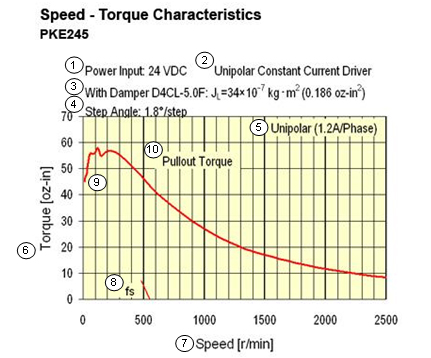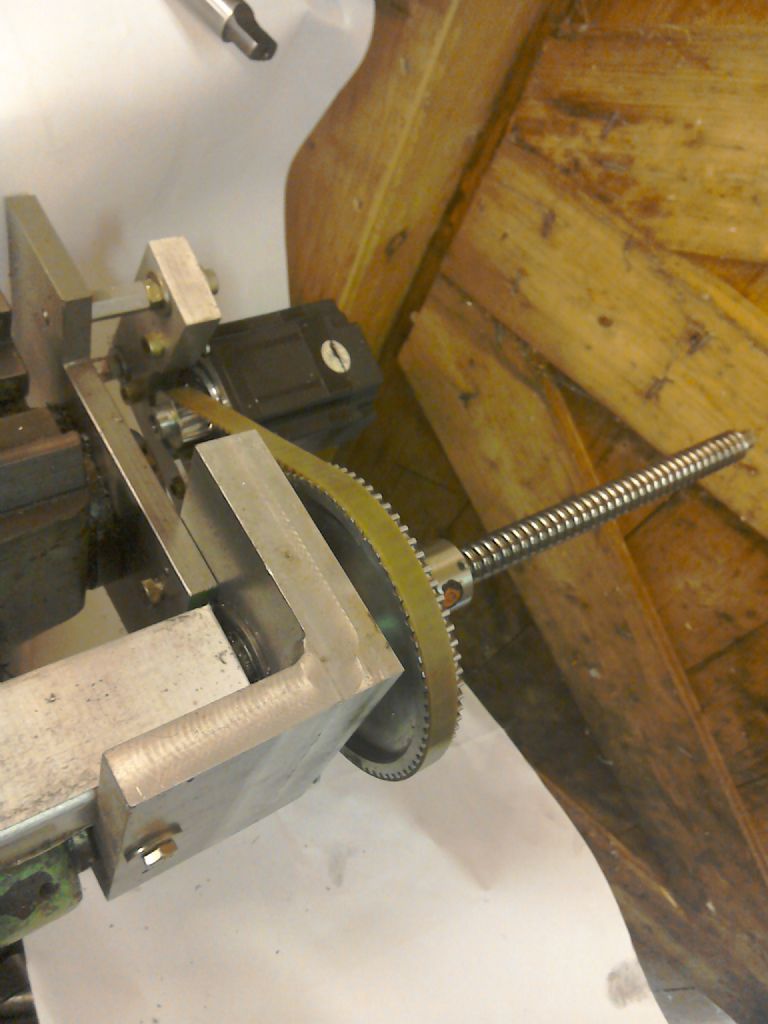Most of the hobby people just go on the basis of what others have found to work. The reason being that it's not easy to measure or estimate the required torque and speed extremes. And even then, to describe a stepper as "1.8Nm" is often unhelpful. I doubt if many of them could actually muster that level of torque to begin with – and it falls off very rapidly with speed.
You'll notice that the Chinese outfit you used also sell clones of the Leadshine "integrated easy servo" stepper motors. These combine the stepper driver module into the motor, along with an encoder on the motor shaft. This requires a lot less messing about to connect up the driver (just provide the step/dir signals and DC power) and being closed loop, it won't suffer from lost steps and can recover from a temporary overload. That's many of the advantages of a true servo with the cost of a stepper – and no external amp / driver, cleaner wiring etc. That additional level of control robustness means you don't need such a large margin of safety on the torque to guard against loss of position.
Incidentally, as the torque from a stepper motor drops off roughly proportional to speed, there is usually no advantage in creating a step-down reduction by using gears or pulleys. The effect of such a reduction is to make the motor run at twice the speed – and about half the torque. The net result is simply a reduction in the maximum speed of the output shaft, which is a problem for stepper motors to begin with. You are generally better off driving the leadscrews directly with steppers.
Murray
 Michael Gilligan.
Michael Gilligan.













